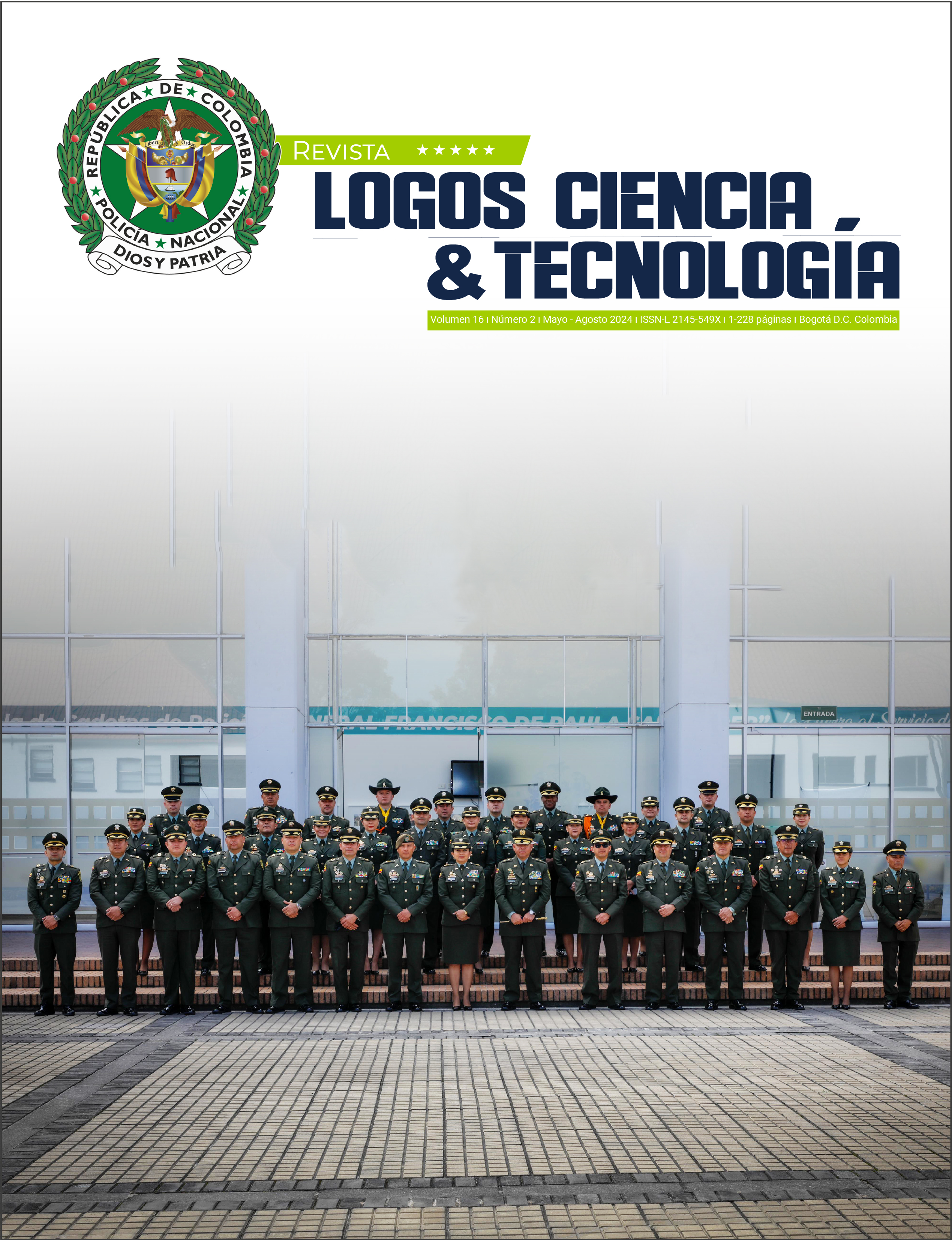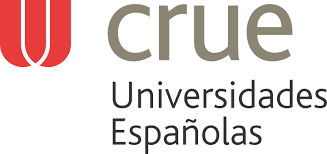Analysis of the spatial distribution of security equipment by means of geographic accessibility in Pitalito (Colombia)
DOI:
https://doi.org/10.22335/rlct.v16i2.1962Keywords:
geographic accessibility, coverage, equipment, security, GIS, travel timeAbstract
The growth and development of communities are affected by various social and cultural problems that can hinder their proper functioning. Among these problems, insecurity stands out as one of the most significant, which is why government authorities require a considerable commitment to mitigate its impact on the population. In this context, a coverage analysis using geographic accessibility is proposed, with the objective of evaluating the current situation of the security equipment system in the municipality of Pitalito, Huila. The purpose of this analysis is to identify areas with deficiencies and propose appropriate solutions. The evaluation methodology proposes the use of geostatistical models implemented through statistical and GIS type software (Geographic Information Systems); these allow the generation of graphs and images that facilitate the interpretation of the results obtained
Downloads
References
Alcaldía de Pitalito. (s. f.). Plan de Ordenamiento Territorial. Alcaldía de Pitalito. (2015). Información general. http://www.alcaldiapitalito.gov.co/web1/index.php/pitalito/informacion-general
Aristizábal, J. E., Sarache, W., & Escobar, D. A. (2023). Spatial regression model of urban walkability under the 15-minute city approach. Geojournal of Tourism and Geosites, 49(3), 1037-1045. https://doi.org/10.30892/gtg.49319-1103
Arriagada, I., & Godoy, L. (1999). Seguridad ciudadana y violencia en América Latina: diagnóstico y políticas en los años noventa. CEPAL-SERIE Políticas Sociales, 32. https://repositorio.cepal.org/server/api/core/bitstreams/0649aeaf-1e25-4bf2-b82ef2120a025b25/content
Cheng, J., Bertolini, L., & le Clercq, F. (2007). Measuring sustainable accessibility. Transportation Research Record, 2017(1), 16-25. http://dx.doi.org/10.3141/2017-03
Consorcio Aguas del Huila. (2014). Consultoría para la elaboración de los estudios y diseños de los sistemas de agua potable y alcantarillado de la zona urbana, que fueren necesarios del municipio de Pitalito, departamento del Huila. Producto I componente de agua potable informe 5 diseños definitivos.
Dalvi, M. (1978). Behavioural modelling accesibility, mobility and need: Concepts and measurement. En D. A. Hensher, & P. R. Stopher (Eds.), Behavioural travel modelling (pp. 639-653). Croom Helm.
Departamento Nacional de Estadística (DANE). (2018). Estimación y proyección de la población nacional, departamental y municipal por área 1985-2020. https://www.dane.gov.co/index.php/estadisticas-portema/demografia-y-poblacion/proyeccionesde-poblacion
Departamento Nacional de Planeación (DNP). (2015). Ficha de caracterización. http://www.sirhuila.gov.co/files/Fichas_DNP/Fichas_de_caracterizacion_territorial/PITALITO.pdf
Escobar, D. A., Aristizábal, J. E., & Moncada, C. A. (2022). Análisis de la distribución espacial de cruces peatonales aplicando un modelo de accesibilidad geográfica. Caso de estudio: Avenida Santander, Manizales (Colombia). Información Tecnológica, 33(2), 157-168. https://doi.org/10.4067/s0718-07642022000200157
Escobar, D., Cadena, C., & Salas, A. (2015). Cobertura geoespacial de nodos de actividad primaria. Análisis de los aportes a la sostenibilidad urbana mediante un estudio de accesibilidad territorial. Revista EIA, 12(23), 14-27. https://www.redalyc.org/pdf/1492/Resumenes/Resumen_149240051002_1.pdf
Hansen, W. (1959). How accessibility shapes land use. Journal of the American Institute of Planners, 25(2), 73-76. https://doi.org/10.1080/01944365908978307
Jones, P. (2011). Developing and applying interactive visual tools to enhance stakeholder engagement in accessibility planning for mobility disadvantaged groups. Transportation Business & Management, 2, 29-41. https://doi.org/10.1016/j.rtbm.2011.08.001
Kotavaara, O., Antikainen, H., & Rusanen, J. (2011). Population change and accessibility by road and rail networks: GIS and statistical approach to Finland 1970-2007. Journal of Transport Geography, 19(4), 926-935. https://doi.org/10.1016/j.jtrangeo.2010.10.013
López, E., Gutiérrez, J., & Gómez, G. (2008). Measuring regional cohesion effects of largescale transport infrastructure investment: An accessibility approach. European Planning Studies, 16(2), 277-301. https://doi.org/10.1080/09654310701814629
Montoya, J. A., Escobar, D. A., & Sabogal, O. A. (2017). ¿Dónde ubicar nuevos nodos comerciales en la ciudad de ManizalesColombia? Aplicación de un análisis geográfico. Revista Espacios, 38(53), 1-12. https://www.revistaespacios.com/a17v38n53/a17v38n53p07.pdf
Morris, J., Dumble, P., & Wigan, M. (1978). Accessibility indicators for transport planning. Transportation Research A: General, 13(2), 91-109. https://doi.org/10.1016/0191-2607(79)90012-8
Pirie, G. (1979). Measuring accessibility: A review and proposal. Environment and Planning A, 11, 299-312. Programa de las Naciones Unidas para el Desarrollo (PNUD). (2015). Perfil productivo, municipio Pitalito, Huila. https://issuu.com/pnudcol/docs/perfil_productivo_pitalito
Ramírez, D., Cardona, S., & Escobar, D. A. (2018). New transportation infrastructure impact in terms of global average access-intersection “La Carola” Manizales (Colombia). Case study. Contemporary Engineering Sciences, 11(5), 215-227. http://dx.doi.org/10.12988/ces.2018.812
Reis, A., Portella, A., Bennett, J., & Lay, M. (2003). Accessibility and security. Proceedings. 4th International Space Syntax Symposium. https://www.spacesyntax.net/symposia-archive/SSS4/fullpapers/44ReisPortellaBennetpaper.pdf
Sunyer Torrents, A., Fernández Alarcón, V., Sallán Leyes, J. M., & Fonollosa Guardiet, J. B. (2005). Métodos cuantitativos de organización industrial I. Edicions UPC. https://doi.org/10.5821/ebook-9788498802306
Stauber, B., & Parreira do Amaral, M. (2015). Access to and accessibility of education: An analytic and conceptual approach to a multidimensional issue. European Education, 47(1), 11-25. https://doi.org/10.1080/10564934.2015.1001254
Wachs, M., & Kumagai, T. G. (1973). Physical accessibility as a social indicator. SocioEconomic Planning Sciences, 7(5), 437-456. https://doi.org/10.1016/0038-0121(73)90041-4
Zuluaga, J. D., Escobar, D. A., & Hincapié, J. D. (2017). Calidad en la educación e infraestructuras del transporte desde la accesibilidad territorial. Departamento de Caldas en Colombia como caso de estudio. Información Tecnológica, 28(6), 169-180. http://dx.doi.org/10.4067/S0718-07642017000600018
Published
Issue
Section
Categories
License
Copyright (c) 2024 Revista Logos Ciencia & Tecnología

This work is licensed under a Creative Commons Attribution-NonCommercial-NoDerivatives 4.0 International License.
This journal provides free and immediate access to its content (https://creativecommons.org/licenses/by/4.0/legalcode#languages), under the principle that making research available to the public free of charge supports greater global knowledge exchange. This means that the authors transfer the Copyrights to the journal, so that the material can be copied and distributed by any means, as long as the authors’ recognition is maintained, and the articles are not commercially used or modified in any way.
































